I've got the old English BurmanCortina 80 (so called MkV, but really a RHD Taunus TF) with powered rack and pinion, the useless clamped mounts. CamGears made the non assisted versions in England.
Adwest made Jaguar, Aston Martin, Jensen Interceptor/ FF used a similar powered rack and pinion system, which was also made by Burman and Lockheed under licence.
So did Hyundai, who used it from Burman for the the repulsive Cortina based Hyudnai Stella.
The British Leyland SDI and TR8 Triumph Burman sytem is similar, the Cortina Mk IV/Cortina 80(so called Mk v) and Granada MkII systems are similar to the Australian TE/TF Cortina, but the difference is that RHD Aussie system uses the 100% robust bolted TRW Pinto/Mustang II/Fox mountings.
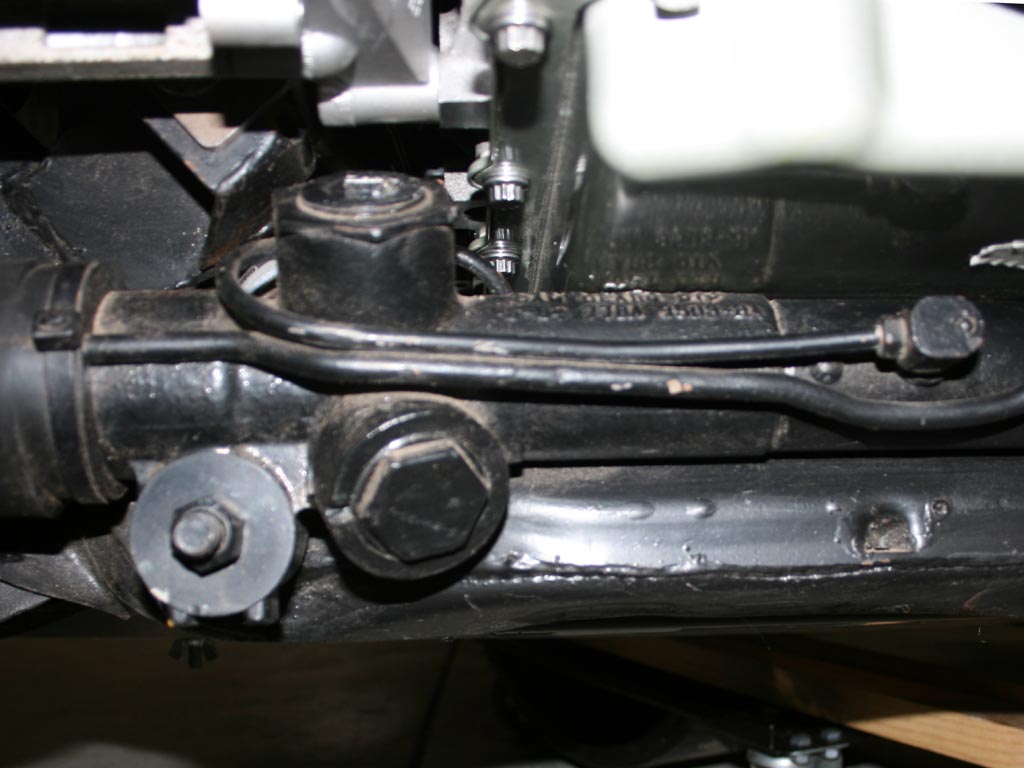
Compared to the 1979 TRW rack on at the junkyards Mustang...its just a handed version of it.
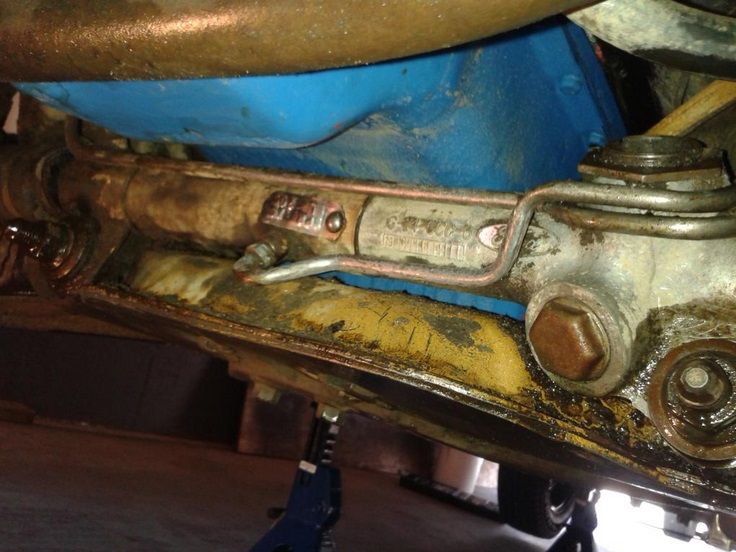
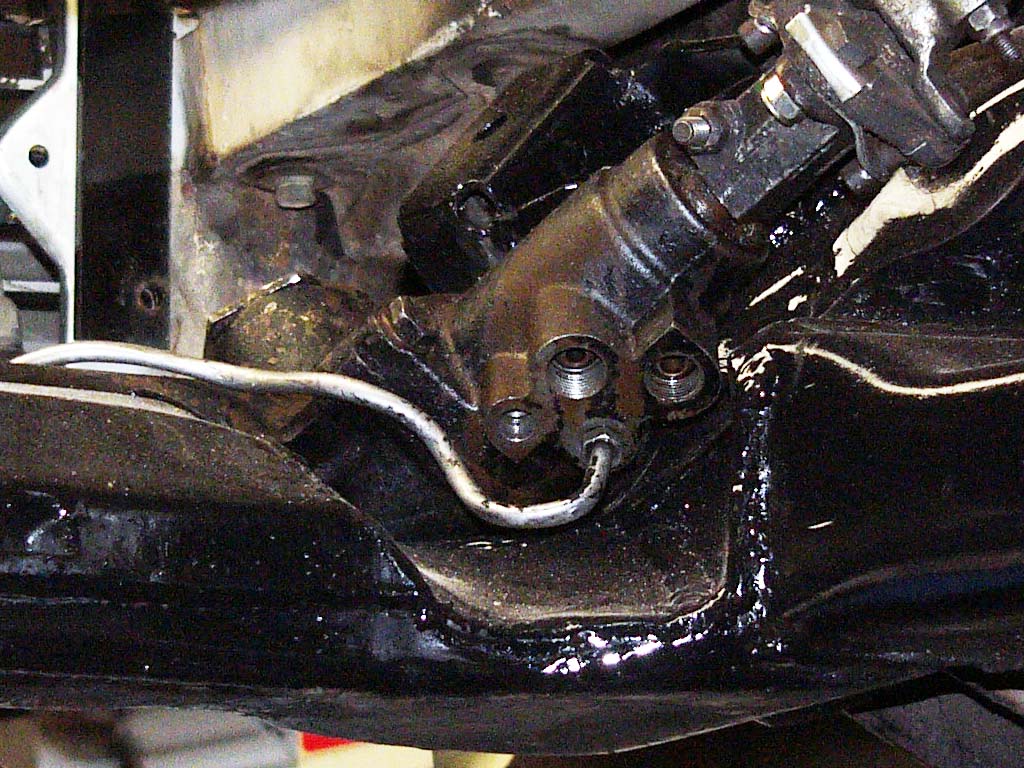
The later Capri, Sierra, Granada Mk III/Scorpio Mekur, had similar internals, different casting, mountings, and tie/track rods.
They all run Jaguar style torsion bars, 0.19, 0.210, 0.235, 0.250".
The Aussie one was essentially the only RHD version of the US Fox body power rack and pinion steering.
For internal parts, they are the same, the external alloy casting or presses steel Locheed type, you can get them if you network. Of course, Fords UK wing Tickford did the Mustang Cobra RHD swap,
so FEP's Townsville Australia man
Ausfox http://vb.foureyedpride.com/member.php?10313-Ausfox
would likely be the best person to contact.
They were really common P/S swaps for those old hot rod Holdens, the L34, SLR 5000 or SS5.0 or A9X 308 Holden Torana's, but these days, you can easily find a RHD Subaru Forester rack and convert it, but it uses the inferior clamped center section.
TRW did all the production engineering for the US steering from the English development work, and also made p/s units for the GM T cars, which you find on the net all the time.
eg TRW 15713R Steering Rack And Pinion (With Power Steering).





 Reply With Quote
Reply With Quote



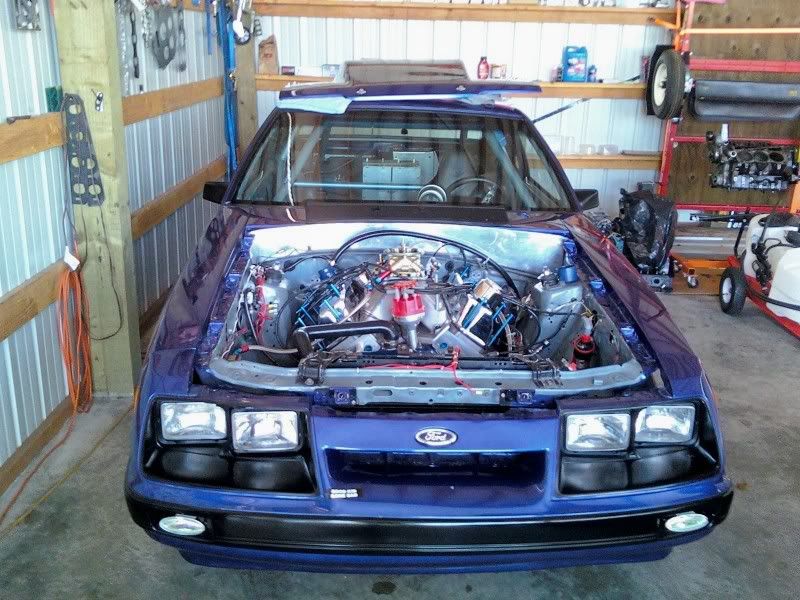
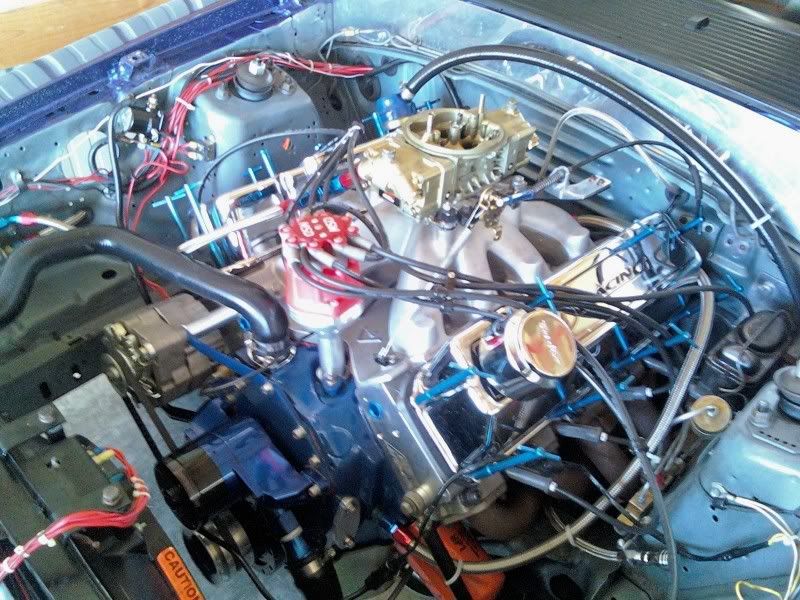
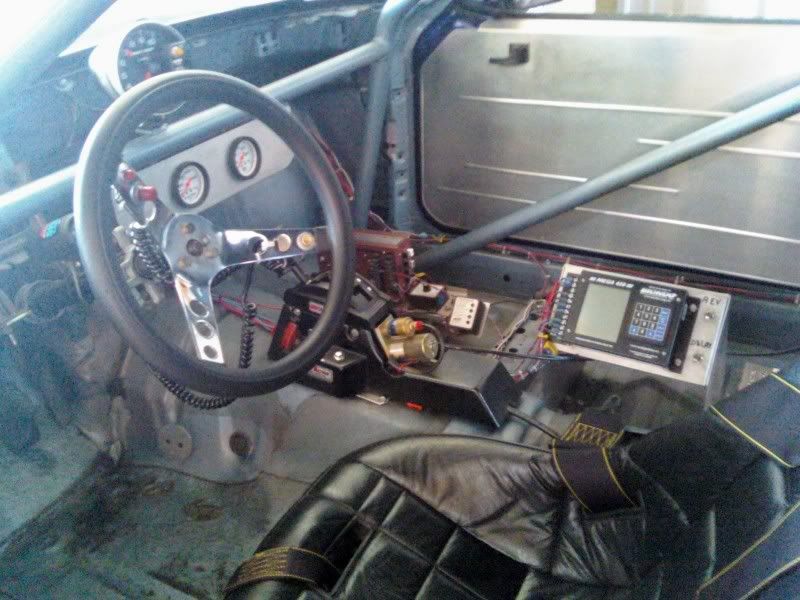
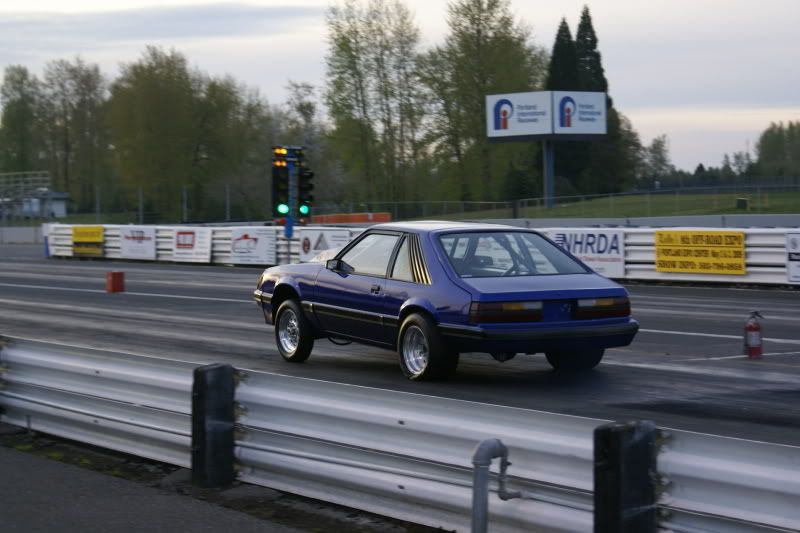
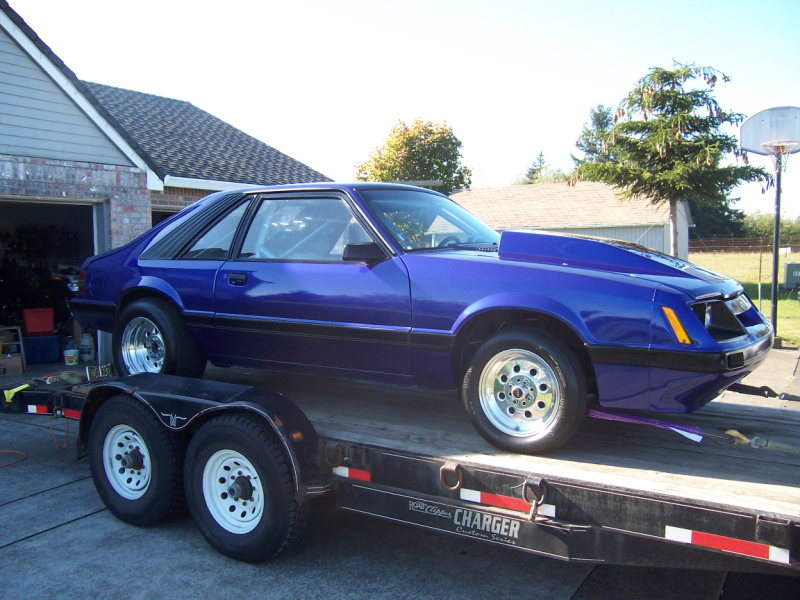
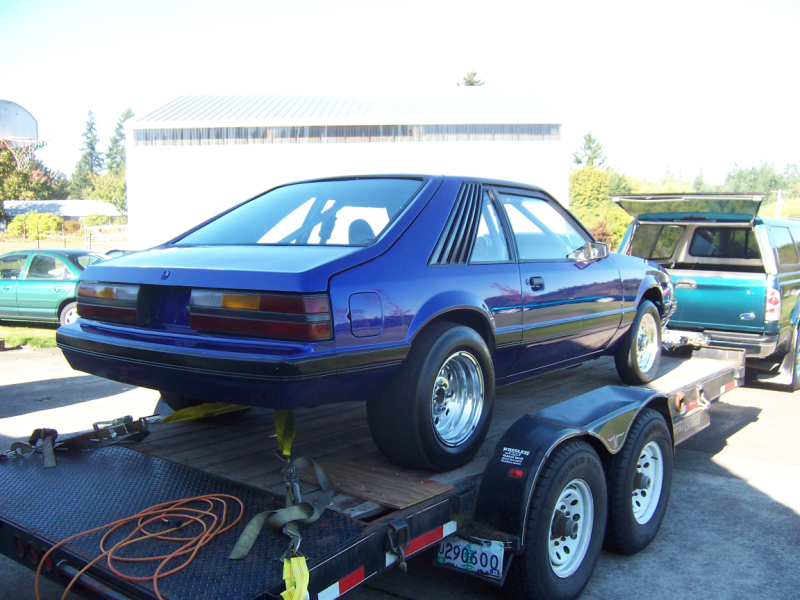








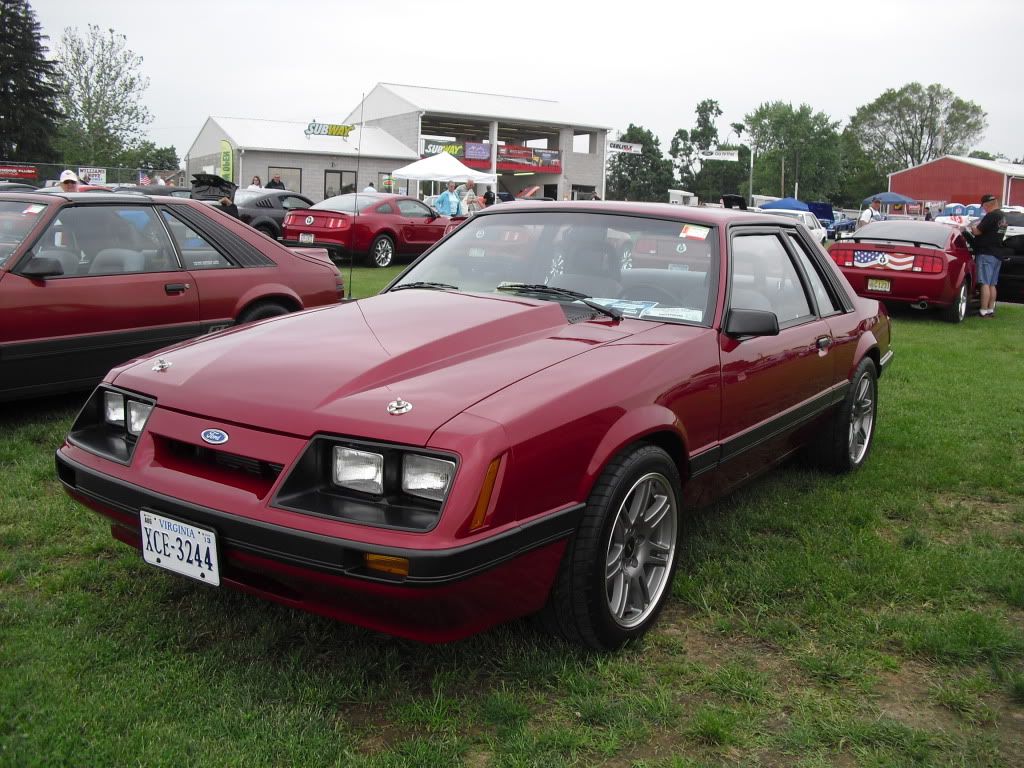
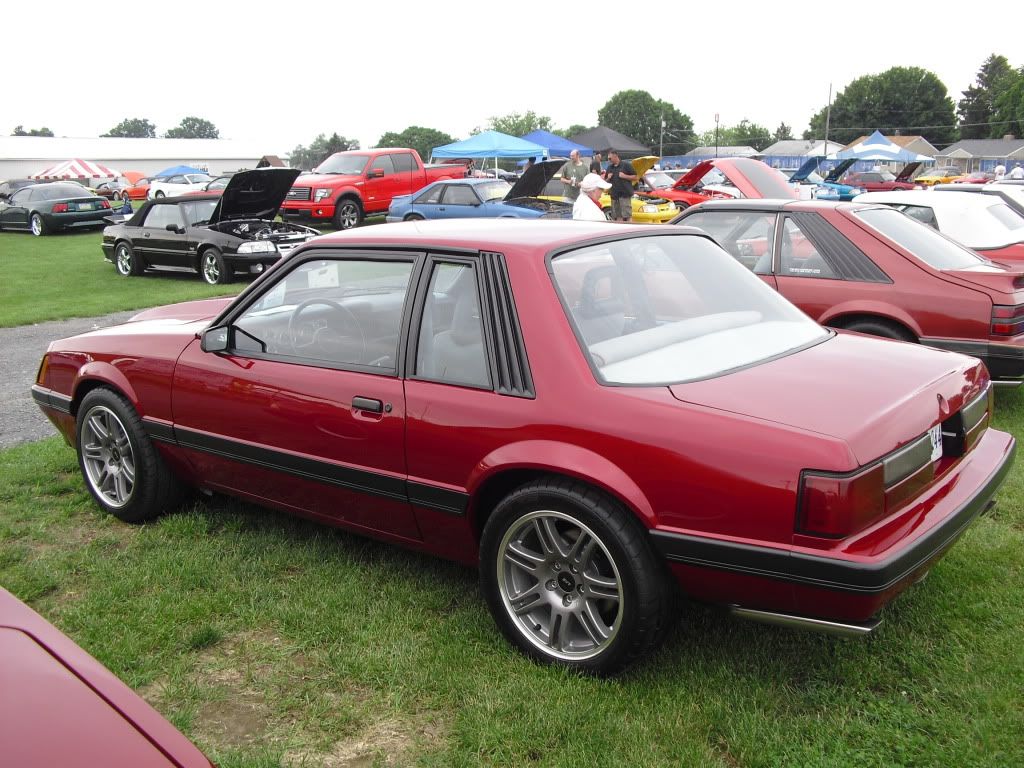


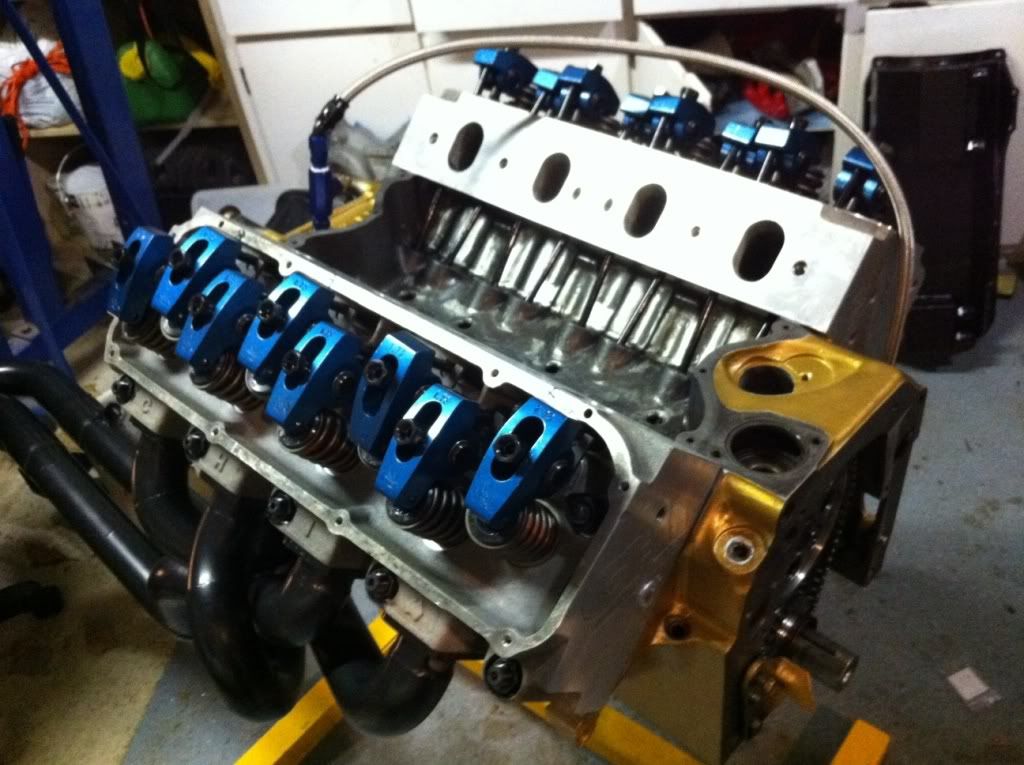
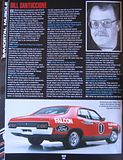
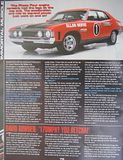
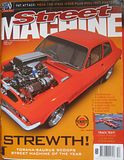

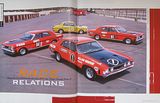
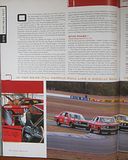

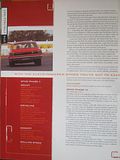
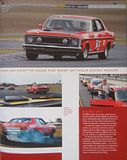
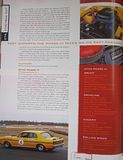
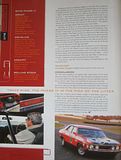
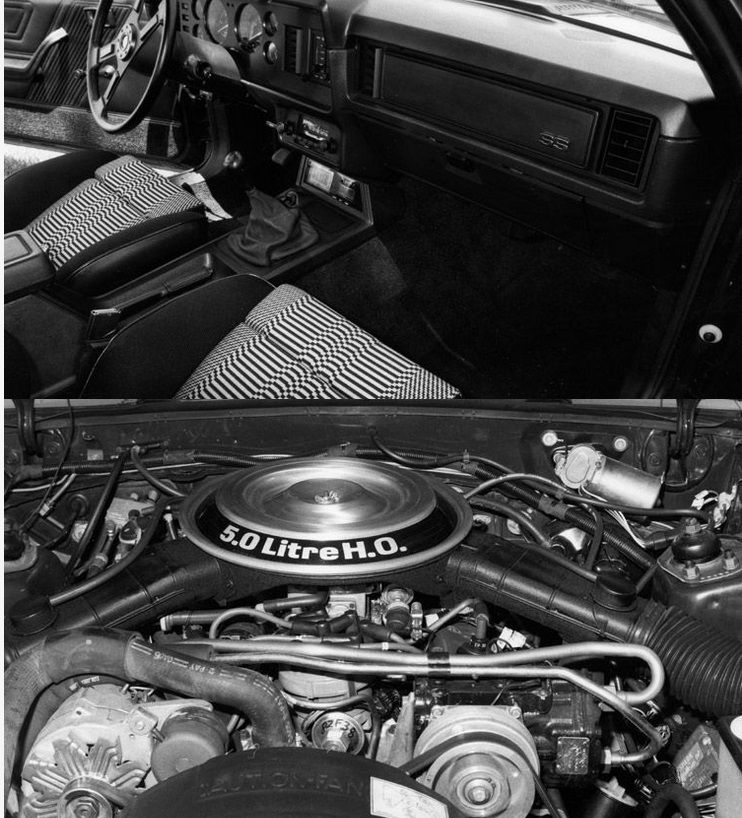

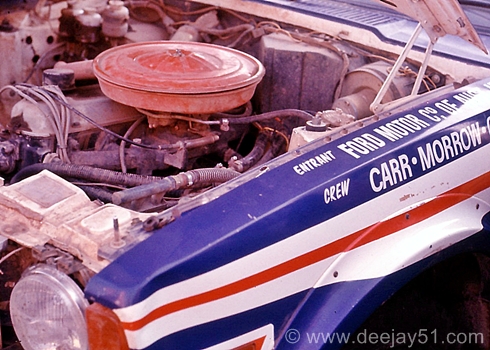


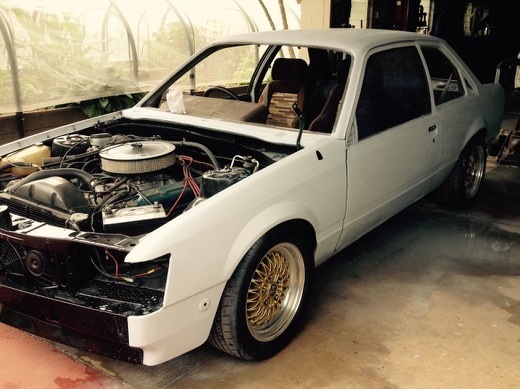










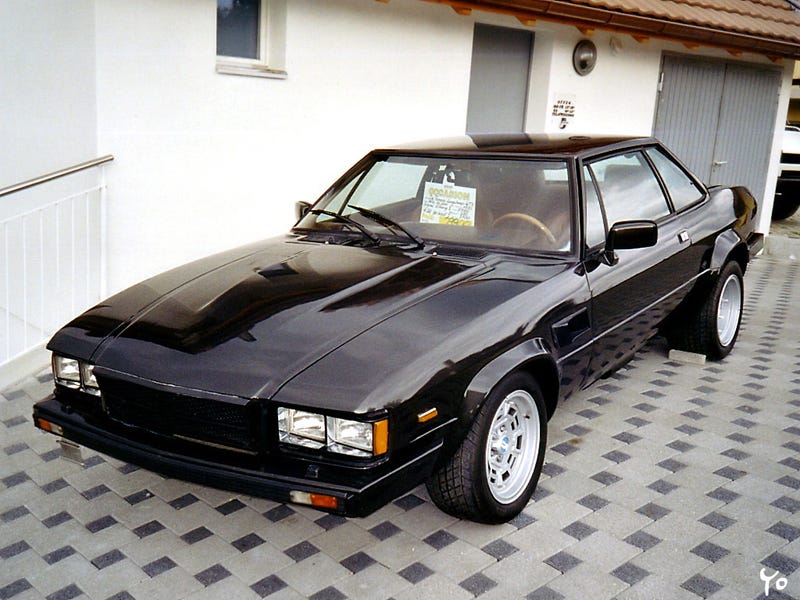
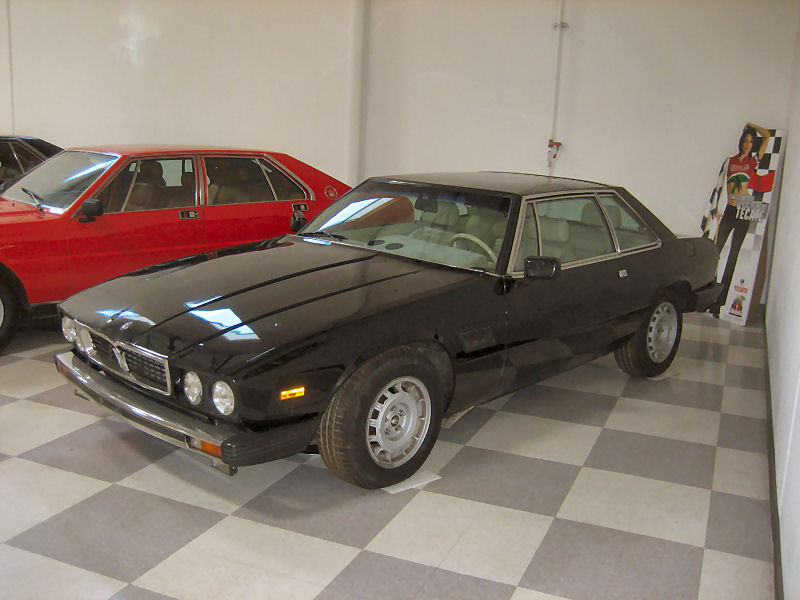






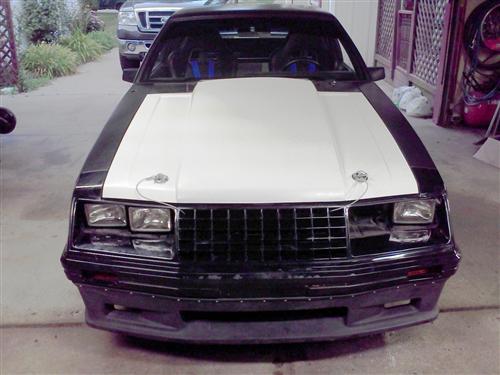
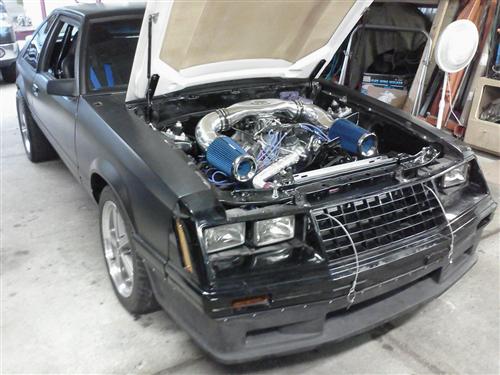




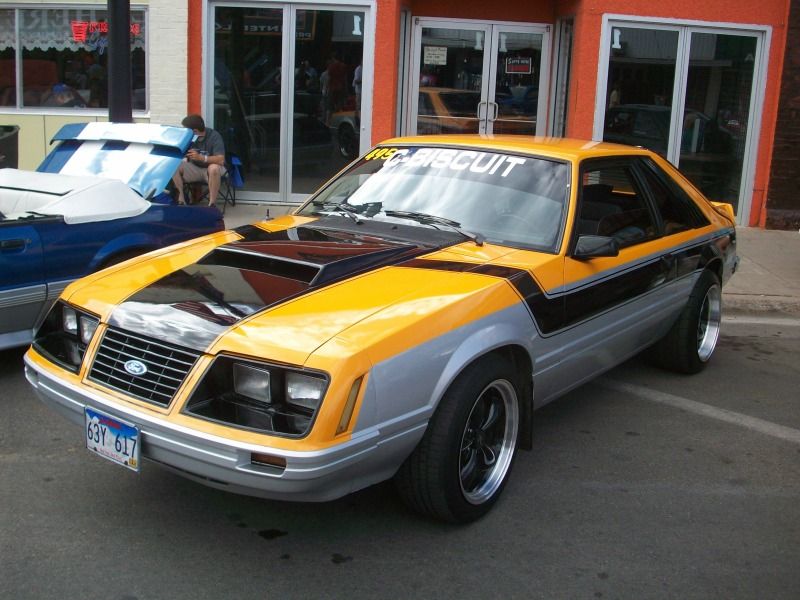

Connect With Us